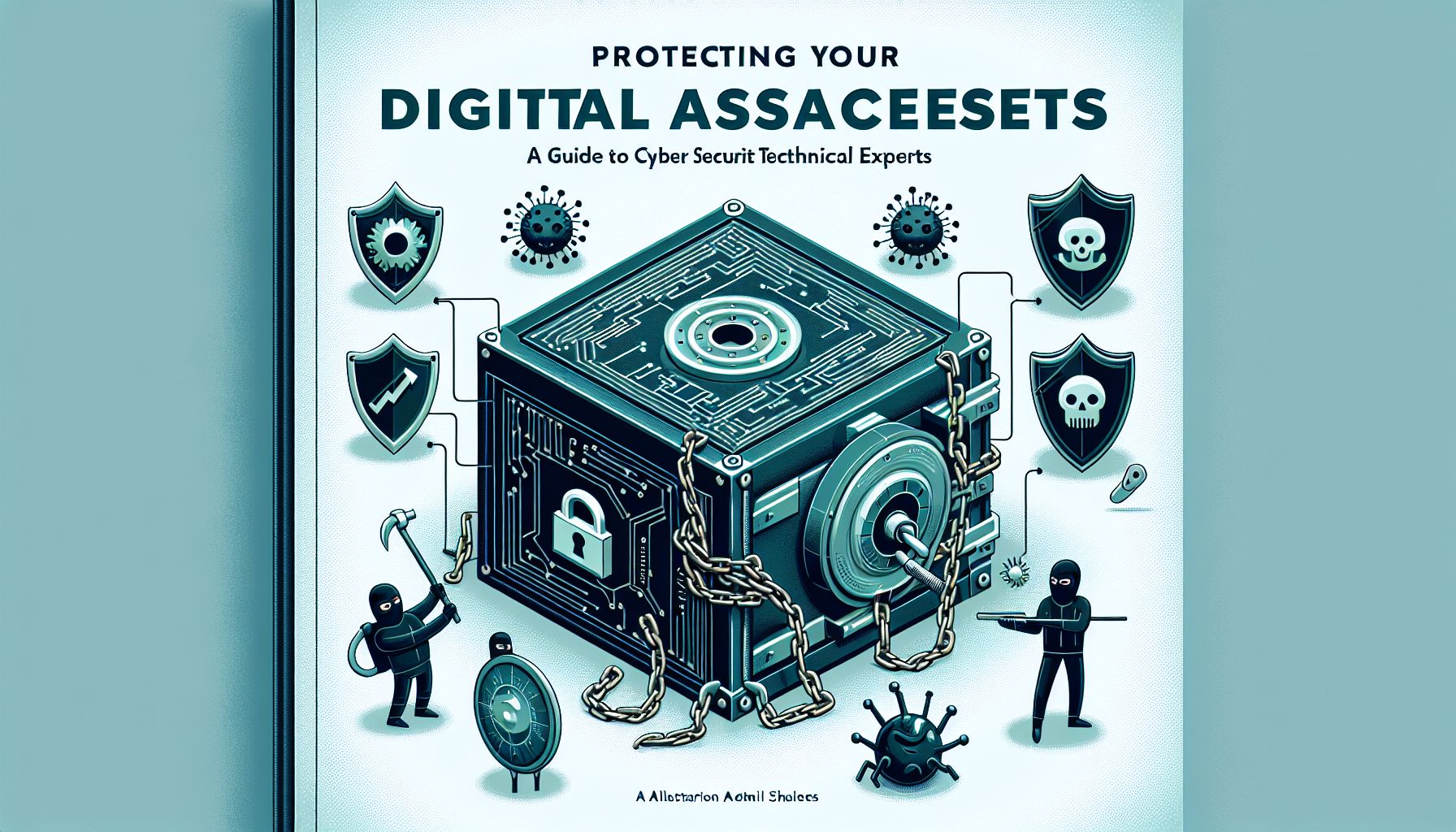As a technical expert, you are well aware of the countless benefits that technology has brought to our lives. From facilitating communication and streamlining processes, to providing endless sources of information at our fingertips, technology has revolutionized the way we live and work. However, with these technological advancements also come new threats to our digital assets. Cyber security has become a top priority for individuals and organizations alike, as hackers and cybercriminals continuously find ways to exploit vulnerabilities in our systems. In this blog post, we will delve into the world of cyber security, exploring its importance, key concepts, and best practices for protecting your digital assets.
Why Cyber Security Matters
Cyber security plays a crucial role in safeguarding our online activities and preventing unauthorized access to our sensitive information. With the rise of data breaches, ransomware attacks, and other cyber threats, it has become more important than ever to take proactive measures to protect our digital assets. A solid cyber security strategy can help prevent financial losses, reputation damage, and legal consequences resulting from cyber attacks. By staying informed about the latest threats and developing a robust defense mechanism, you can minimize the risks associated with conducting business and communication in the digital age.
Key Concepts of Cyber Security
Understanding the key concepts of cyber security is essential for developing an effective defense strategy. Some of the fundamental concepts include:
-
Threats: This refers to potential dangers to your digital assets, such as malware, phishing scams, and denial-of-service attacks.
-
Vulnerabilities: These are weaknesses in your systems that can be exploited by threat actors to gain unauthorized access or cause harm.
-
Risk: The likelihood of a threat exploiting a vulnerability to cause a negative impact on your digital assets or operations.
-
Defense: Measures put in place to protect your assets from threats and mitigate the risks associated with cyber attacks.
Best Practices for Cyber Security
Implementing strong cyber security practices can help safeguard your digital assets and minimize the risk of falling victim to cyber attacks. Some of the best practices for cyber security include:
-
Regular Updates: Keep your systems and software up-to-date with the latest security patches to protect against known vulnerabilities.
-
Strong Passwords: Use complex and unique passwords for all your accounts, and consider implementing multi-factor authentication for an added layer of security.
-
Backup Your Data: Regularly back up your data to an external device or cloud storage to prevent data loss in case of a cyber attack.
-
Training and Awareness: Educate yourself and your team about common cyber threats, such as phishing scams and social engineering, to avoid falling victim to them.
-
Network Security: Secure your network with firewalls, intrusion detection systems, and encryption protocols to prevent unauthorized access to your systems.
Conclusion
In conclusion, cyber security is a critical aspect of modern-day technology that cannot be overlooked. As a technical expert, it is your responsibility to stay vigilant and informed about the latest cyber threats and best practices for protecting your digital assets. By implementing robust cyber security measures, you can safeguard your systems, data, and reputation from the ever-evolving landscape of cyber attacks. Remember, when it comes to cyber security, prevention is always better than cure. So, take proactive steps to secure your digital assets and stay one step ahead of the cybercriminals. Your digital security is in your hands, so make sure to prioritize it in your day-to-day operations.
